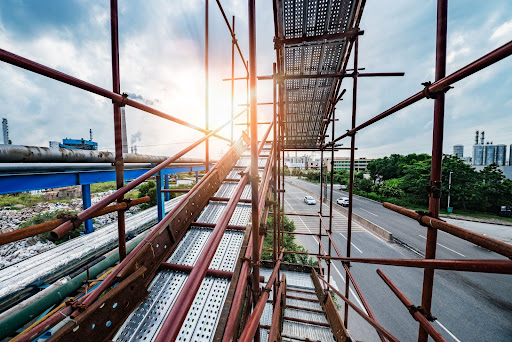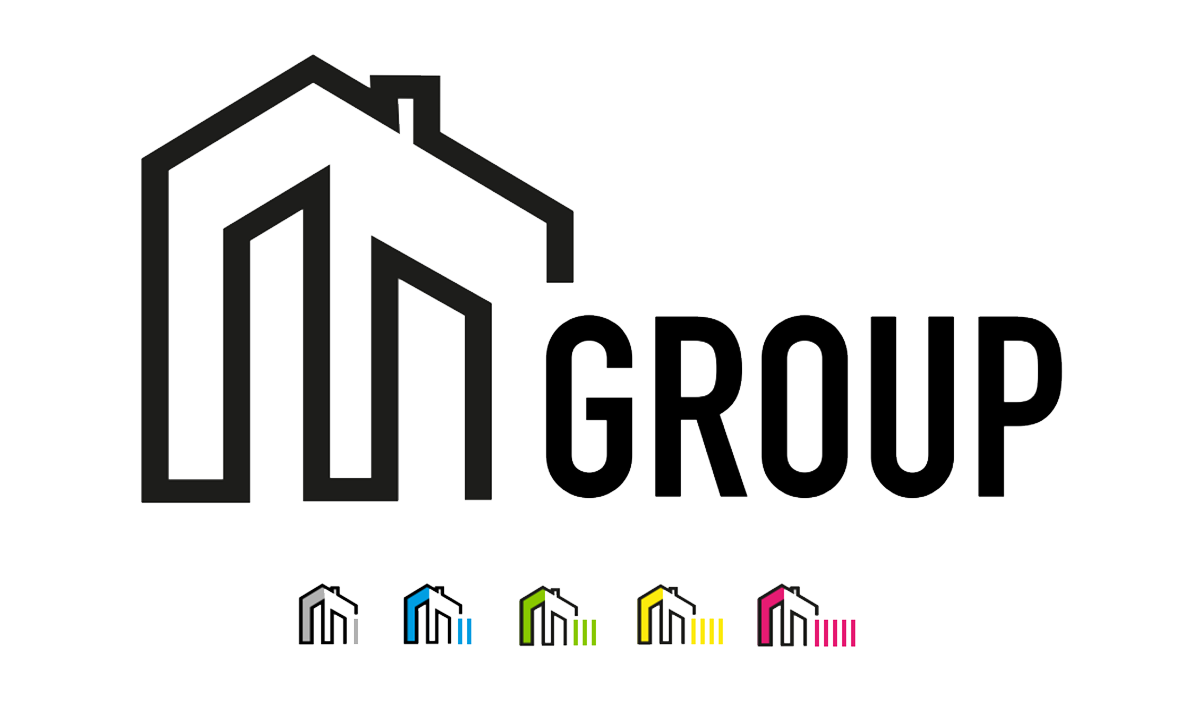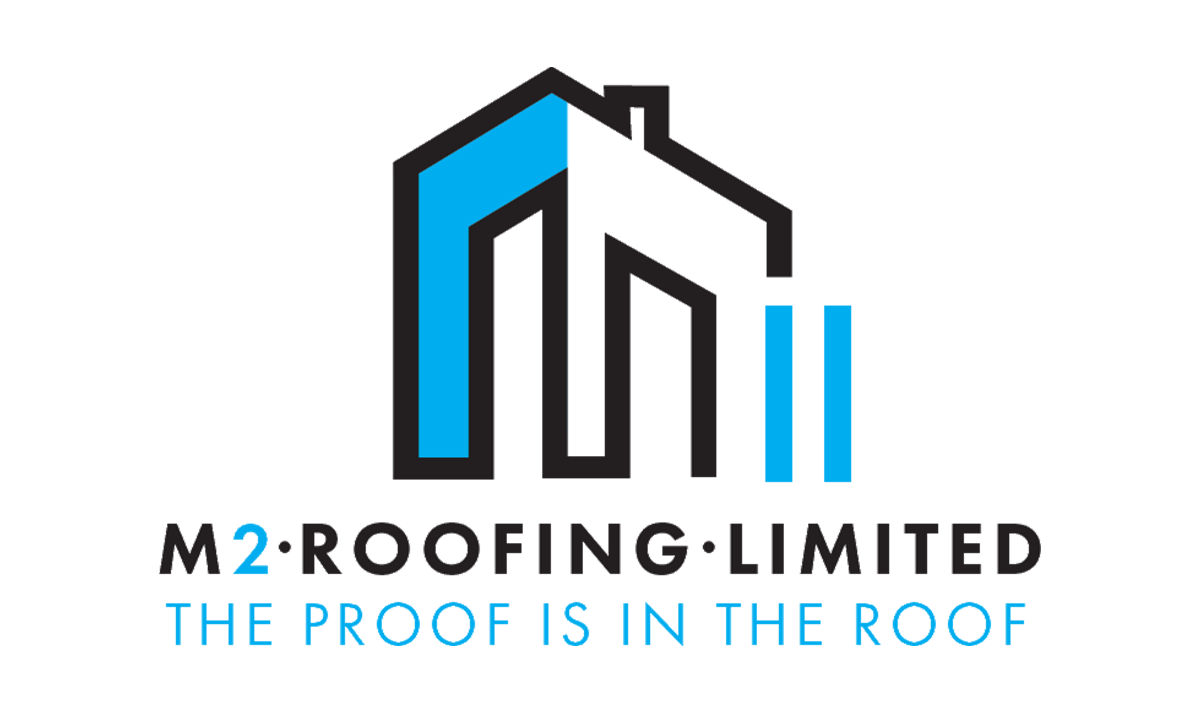How Long Can Scaffolding Be Left up?
It’s easy to see scaffolding in lots of places.
If a lot of buildings in your town are being renovated, you’re going to see scaffolding equipment everywhere you go.
You may even need scaffolding for yourself for a home-improvement project.
And if you’re wondering how long scaffolding can be left up, the answer is “indefinitely,” depending on certain factors.

Scaffolding Basics
In the U.K., individual homeowners and businesses can leave scaffolding up as long as it needs to be there for safety reasons.
That being said, the scaffolding needs to be inspected every seven days as long as it’s up to make sure that it is still safe for everyone around the structure.
Ideally, you’ll want to also inspect the scaffolding at the beginning of the day before you start using it.
That way, you can catch any problem areas and repair them before you start working.
If you’re putting scaffolding around your home for work you’re doing yourself, you don’t need a licence.
But if it’s a commercial project or if you need to have your own scaffolding on a public area such as a sidewalk, you will need a licence.
There are several things you need to take into consideration before you start working with your scaffolding:
- If you’ll only be clearing your gutters of debris, you may not need scaffolding. A secured ladder is usually sufficient.
- If you’re having the roof completely rebuilt, scaffolding is a good idea.
- If any work can be done from the ground and not up on something high in the air, it’s best to do it this way.
- Always consider the height of the project. A bungalow might not need scaffolding, but a large two-storey home might.
- If you’re a company or landlord, you are responsible for the safety of everyone working on the project. This means that the right scaffolding equipment is a must.
- You’ll likely need some type of public liability insurance if it’s a commercial project. This is needed if someone walking near the project is accidentally injured.
- Check with the company providing the scaffolding equipment to make sure that they have the proper insurance.
And there are special circumstances as well.
For instance, what if you’re working on a home project and the scaffolding must be placed onto your neighbour’s property?
This could happen for two reasons:
- If it is essential work needed to preserve your property, ask your neighbours for permission. If they don’t grant it, you might have to go to court and invoke the Access to Neighbouring Land Act of 1992 to get the permission you seek.
- If you seek the neighbours’ permission and don’t receive it, and you feel that the work is not essential, you may have to find another way around the problem. This could mean forgetting about the project at least for now.
Is Scaffolding Legally Required?
The unfortunate thing about scaffolding requirements is that they are not always as clear as they should be.
If you’re wondering if scaffolding is required, however, common sense should prevail.
If you conduct a risk assessment at the start of the project, you’ll be able to more easily determine if you need scaffolding.
If you or the employees you’re responsible for are working at height, scaffolding is required because of safety reasons.
This much is clear if you feel that anyone involved in the project or the people who might come near the project could be harmed in any way, scaffolding is a must.
The only time scaffolding is not required is on personal projects that involve a homeowner but there is no need to put the equipment on someone else’s property or on private property.
In fact, even in times when scaffolding isn’t legally required, you may want to use it anyway to keep everyone a lot safer.
People working at height for a long time, in windy or wet conditions, or who carry tools with them on the job would be wise to use scaffolding equipment regardless of what the law says.
Think about it this way: bad things happen.
And if there’s even the possibility that someone could fall or someone nearby could be hurt by a falling object, scaffolding should be seriously considered.
Types of Properties That Could Use Scaffolding Equipment
Some of the many properties that could use scaffolding equipment for safety reasons include:
- Any building that’s being demolished, repaired, or built
- Multi-storey office blocks
- Very tall buildings
- Any building that needs work that has to be done at height
Commercial, public, and even residential facilities will at some time have work done on them, and a lot of that work will require the use of scaffolding equipment.
While you can keep the scaffolding up as long as you need it, it must be checked once a week — preferably every day — so you can inspect it for any problem areas.
Remember that scaffolding equipment is there for one purpose: to keep everyone on and around the scaffolding safe.
This is why the laws regarding scaffolding are always evolving and why scaffolding is required in many circumstances.
If you have any questions or concerns about scaffolding, you can get in touch with a company that provides this product.
They’ll be familiar with the law and can therefore help answer your questions.
It’s also important to remember that lack of knowledge about the law won’t keep you from getting in trouble with the law if you don’t use scaffolding and you’re supposed to.
Check out the laws and regulations thoroughly if there is any question in your mind, and always err on the side of caution and safety.




